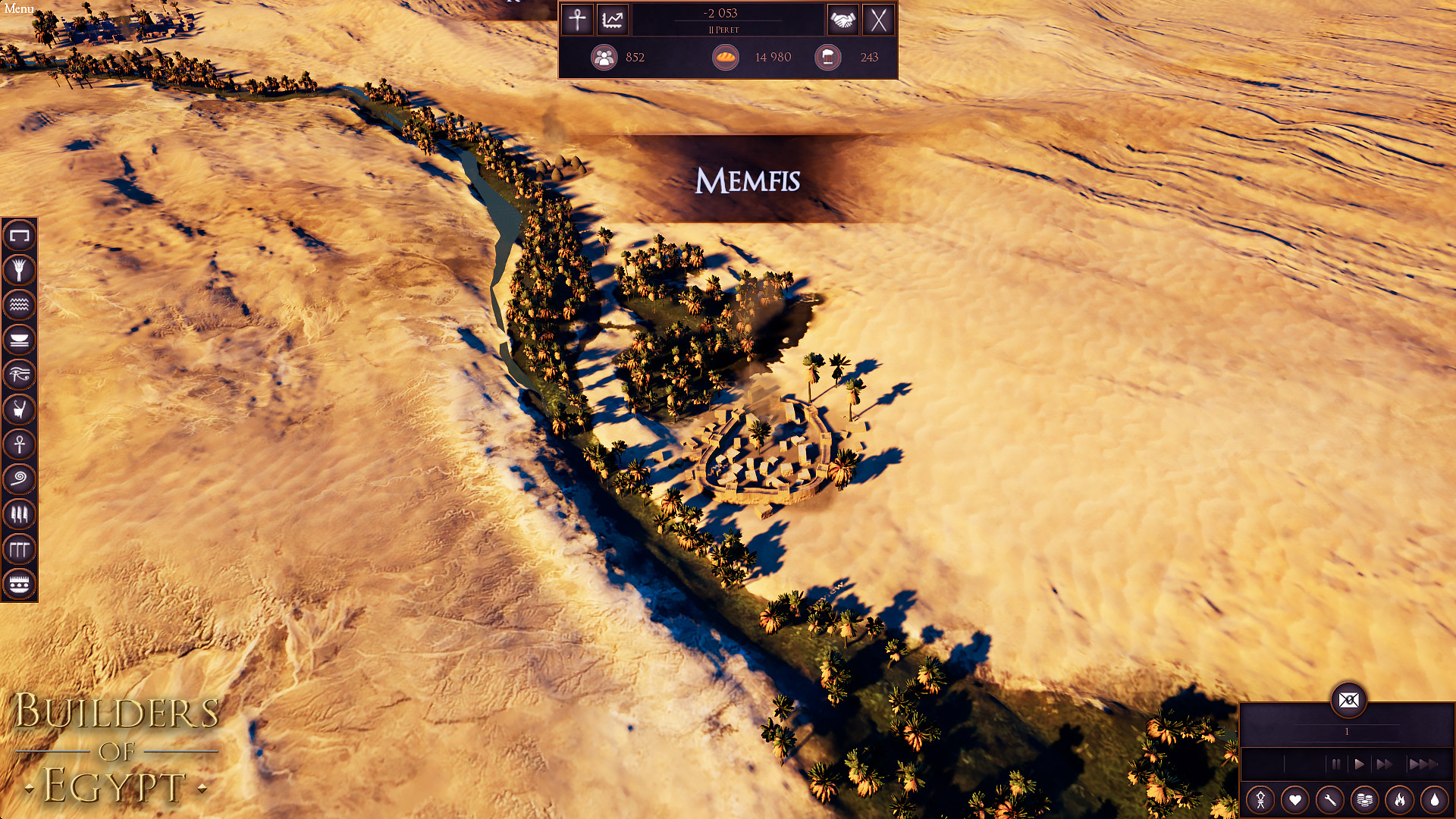

#BUILDERS OF EGYPT GENRES PROFESSIONAL#
In the New Kingdom, during the 18th dynasty, the architect Ineni had a long professional life, since he designed works under the reigns of the pharaohs Amenhotep I, Thutmose I, Thutmose II, Thutmose III and Hatshepsut. Hemiunu was buried in the great G4000 mastaba in Giza, near his lord’s pyramid. Hemiunu held the titles of “royal son,” “vizier,” and “director of all the king’s works.”Īs he lived under the reign of Khufu, during Dynasty IV, many Egyptologists consider him the author of the project of the pyramid of this king and director of its construction, although there is no specific document that testifies to this. In this way, a human operation was raised to the spiritual plane thanks to divine intervention.Īlthough many architects are mentioned in Egyptian history, only some achieved real renown. Then, beginning at least in the New Kingdom, the king directed the initial foundation work and modeled, following an established ritual, the bricks that marked the main angles of the temple.įinally, the constructions were offered to the gods by the pharaoh, as personal works of the monarch. It was the pharaoh and the goddess Seshat – Thoth’s wife and, like him, the deity of writing and calculations – who marked the limits of the future sanctuary on the ground.


The paternity of the constructions, on the other hand, was not attributed to the architects, but to the king. For example, the Pharaoh’s workers who lived in the town of Deir el-Medina had a room in which they worshiped their family ancestors, the same room where births took place, thereby creating a continuity between living and dead tutored by divinity. The private houses also had a religious component. Obviously, the temples, considered as “the house of God”, were impregnated with a high spiritual content – not shared with the people, since access to the sanctuaries was always forbidden to all the faithful.īut it is also that the tombs were considered “houses of eternity”, since, in their chapels, the ka or vital breath of the deceased received the offerings necessary for their survival in the Hereafter. This religious conditioning factor was manifested in all fields of architectural endeavor. The architecture was at the service of the statuary and vice versa, forming a harmonious whole that emerged from a single guiding mind. If the close relationship between religious architecture and the statues destined for each temple in particular is observed, it is appreciated that both disciplines were complementary. This included the planning of dams and canals, as well as the choice of the most suitable stones for the colossal statues of the pharaoh. In addition, the great architects, those who were in charge of the works of royalty, they were not only in charge of designing tombs and shrines, but, as their position indicated, they were the “directors of all the king’s works.” This explains why architects held religious titles, often more important than their construction activity. Architects, such as scribes, painters, sculptors or doctors, acquired their knowledge in the “houses of life”, schools attached to temples and cultural centers that dictated the rules to be followed in all disciplines. In ancient Egypt, architecture could not be conceived except in the service of religion. Pyramids, tombs and majestic temples for kings and gods are the great legacy left by the architects and builders of ancient Egypt.


 0 kommentar(er)
0 kommentar(er)
